We all know the feeling—tight muscles, a nagging ache that just won’t quit, or even that dull throb from sitting too long. When your body feels wound up like a coil, it can be frustrating trying to find relief.
But here’s some good news: there’s a simple tool that can help you unwind, and you might already have it—a lacrosse ball.
The Secret Is in the Stillness
Contrary to what you might think, rolling the ball around isn’t the key to relief. The real magic happens when you stay still and let the ball do the work.
- Find the Spot: Look for the tender area—what’s often called a trigger point. If it’s too painful to press directly on, start near or around it and work your way closer over time.
- Settle In: Place the ball under the spot (or nearby if needed) and either lie down or lean against a wall. Use your body weight to apply gentle, steady pressure.
- Breathe Deep: Take slow belly breaths. Inhaling deeply helps flood your body with oxygen and engages your parasympathetic system—the part of you that says, “Hey, relax.”
Why This Works
Your muscles and connective tissues (like fascia) can become rigid from stress, repetitive movement, or even poor posture. By holding gentle pressure on the trigger point, you give your body a chance to unwind, release tension, and increase blood flow to the area.
But here’s the thing—sometimes the tissue won’t release right away. That’s okay. It might take several sessions spread over a few days for your body to feel ready.
Patience Goes a Long Way
It’s normal for these tight spots to feel tender at first. Take it slow and listen to your body. You’re not trying to force anything. Relief often comes with time and consistency, so give yourself grace as you work through it.
When Emotions Come Up
Sometimes, working on these areas can bring unexpected emotions to the surface. It’s all connected—our bodies store stress and feelings in ways we don’t always realize. If this happens, give yourself permission to feel and process what comes up.
If the Pain Sticks Around
If you manage to release a spot but still feel pain, the issue might not be coming from where you think. Our bodies are incredibly interconnected. For example, a stiff upper back could be the reason your shoulder hurts. Explore other areas that might be contributing to the discomfort.
Gentle Persistence
With a lacrosse ball, deep breaths, and a little patience, you can give your body the care it needs to unwind and heal. It may not happen overnight, but every small step helps.
Take it easy and take care—you’re doing great.


